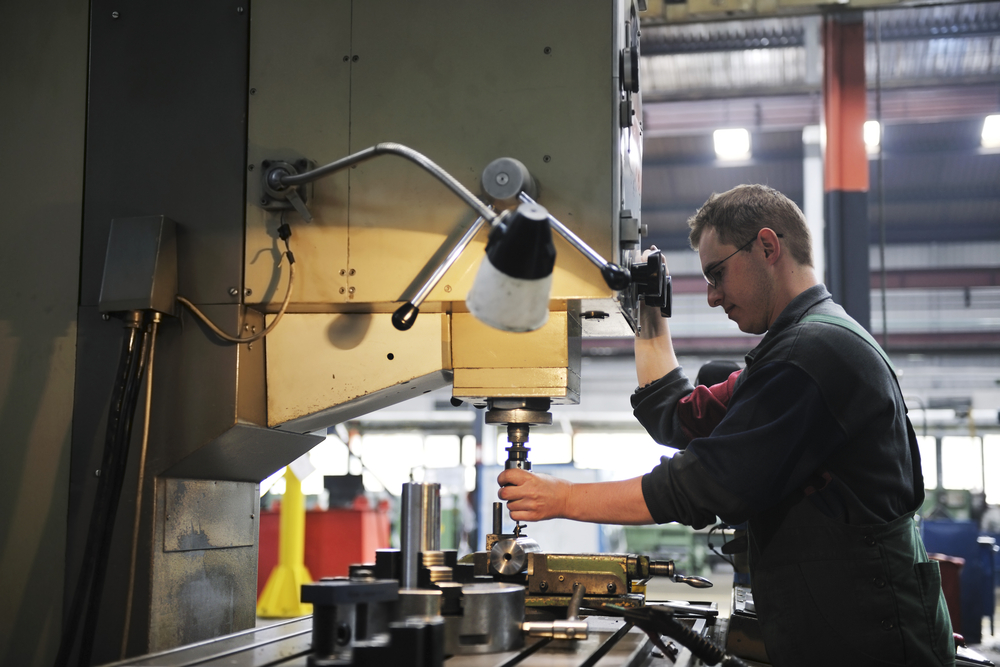
R&D tax relief applies equally to companies in the manufacturing and engineering sectors to those in any other industry. In fact, it could be argued that almost every successful manufacturing and engineering company in the UK must have undertaken some qualifying R&D at some point. Yet many manufacturers we work with are either not claiming the R&D relief at all, or are not maximising their claim.
As the definition for R&D for tax relief hasn’t changed significantly since the rules were introduced almost 20 years ago, general awareness of the regime and its application outside the realms of ‘people in white coats working in laboratories’ has increased. However, it’s our experience that many of the manufacturing and engineering companies in the Sheffield City region are not claiming the maximum relief they are entitled to. Given that for some companies, a successful R&D claim will generate tax savings of almost £25 for every £100 spent on qualifying R&D, is this something your business can afford to miss out on?
Product Development
The most common area where tax breaks for innovative manufacturers might be obtained through R&D tax relief, is in the field of new product development. This might be led by changes in the market, with customers demanding improvements to existing products such as the need for better end-user flexibility, or it might be led by changes to regulations, such as Health and Safety.
However, R&D tax relief is not just available on entirely new products. Any situation which involves, for example, making the same product out of different materials, or making it smaller or lighter, may qualify for relief if there are technological uncertainties at the outset which can’t easily be resolved.
Process Improvement/Development
Less obviously, R&D tax relief for innovative manufacturers can often be available for changes to manufacturing processes – making the same product in a different way, maybe to increase production or make it more efficient, develop a process for a new sophisticated piece of manufacturing machinery or reduce power consumption – may all include an element of qualifying R&D. Frequently R&D will take place where a company has successfully developed a new product, but now needs to turn it into a reliable and reproducible process.
The R&D element begins when the technological uncertainty emerges and ends when the uncertainty is resolved. For manufacturers, this could incorporate the design through to the production of final prototypes. Even after a product has gone to market, if further modifications are required, and these modifications themselves involve technological challenges which are not easily solved, there may be further qualifying R&D.
It’s important to note that qualifying R&D can be found in relatively small changes to either the product or the production process. It might arise from a customer asking ‘could you just…?’ For R&D to be qualifying for tax relief there needs to be a definable project – whilst you are involved in responding to your customer’s needs, realistically it might not be a top priority to think, is this the start of a R&D project? But it might be that you can schedule in a regular 10 or 15 minute slot just to think about whether anything you or your staff have been working on might incorporate R&D.

Darryl Hoy
Darryl is the Technical Director of the Radius team. He is a specialist in Research & Development tax reliefs, having previously worked at HMRC as an R&D Tax Inspector.
View my articles